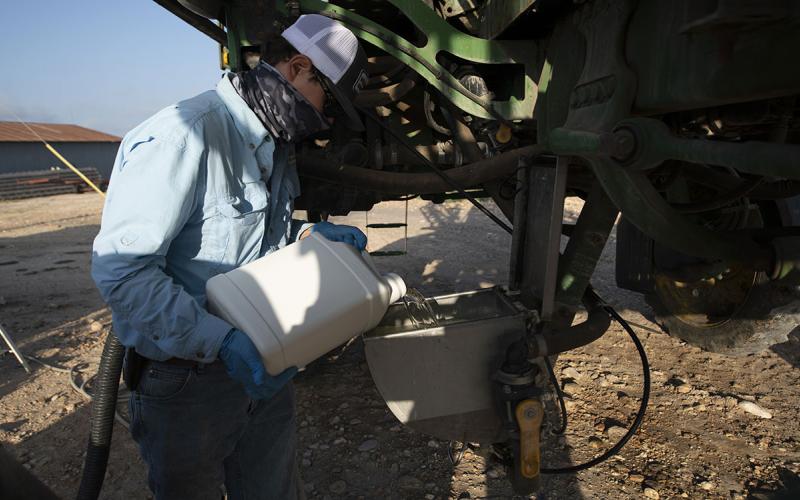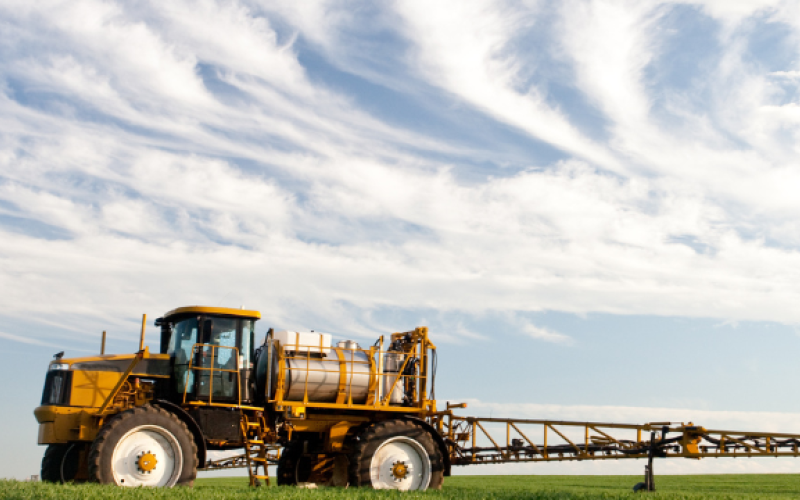Insect & Pests
All Insect & Pests Content

Commercial Applicator Training @ Ft. Pierre
SDSU Extension will host commercial applicator training in Ft. Pierre at the AmericInn by Wyndham (312 Island Dr, Ft. Pierre SD 57532) on February 26, 2026, from 8:30 a.m. - 4:00 p.m. CST.

Commercial Applicator Training @ Brookings
SDSU Extension will host commercial applicator training in Brookings at McCrory Gardens (631 22nd Ave, Brookings, SD 57006) on February 5, 2026, from 8:30 a.m. - 4:00 p.m. CST.

Commercial Applicator Training @ Aberdeen
SDSU Extension will host commercial applicator training in Aberdeen at the Dakota Event Center (720 Lamont St S, Aberdeen, SD 57401) on February 3, 2026, from 8:30 a.m. - 4:00 p.m. CST.

Commercial Applicator Training @ Mitchell
SDSU Extension will host commercial applicator training in Mitchell at the Highland Conference Center (2000 Highland Way, Mitchell, SD 57301) on January 29, 2026, from 8:30 a.m. - 4:00 p.m. CST.

Commercial Applicator Training @ Rapid City
SDSU Extension will host commercial applicator training in Rapid City at the DoubleTree by Hilton (505 N 5th St, Rapid City, SD 57701) on January 27, 2026, from 9:00 a.m. - 4:00 p.m. MT.

Commercial Applicator Training @ Sioux Falls Ag Expo
SDSU Extension will host commercial applicator training during the Sioux Falls Ag Expo at the Sioux Falls Convention Center (1201 N W Ave, Sioux Falls SD 57104) on January 15, 2026, from 8:00 a.m. - 1:00 p.m. CST.

South Dakota Pest Management Guides
The South Dakota Pest Management guides are now available for free. The guides offer recommendations for controlling weeds, insects, and diseases in a variety of South Dakota crops.

Tree Pest Alert
From seasonal issues and timely recommendations to disease diagnosis and expert advice, the Tree Pest Alert is a trusted resource for selecting, planting and caring for trees and shrubs all year round.

Crop Hour
SDSU Extension Crop Hour webinars provide valuable information for South Dakota crop producers to help them improve their profitability and prepare for the upcoming season.

Private Applicator Training for Crops
SDSU Extension will host a free private applicator training for crops on April 15, 2026, from 1:30 - 4:30 p.m. CT (12:30 - 3:30 p.m. MT). Participants have the option to attend online or at various locations across the state.